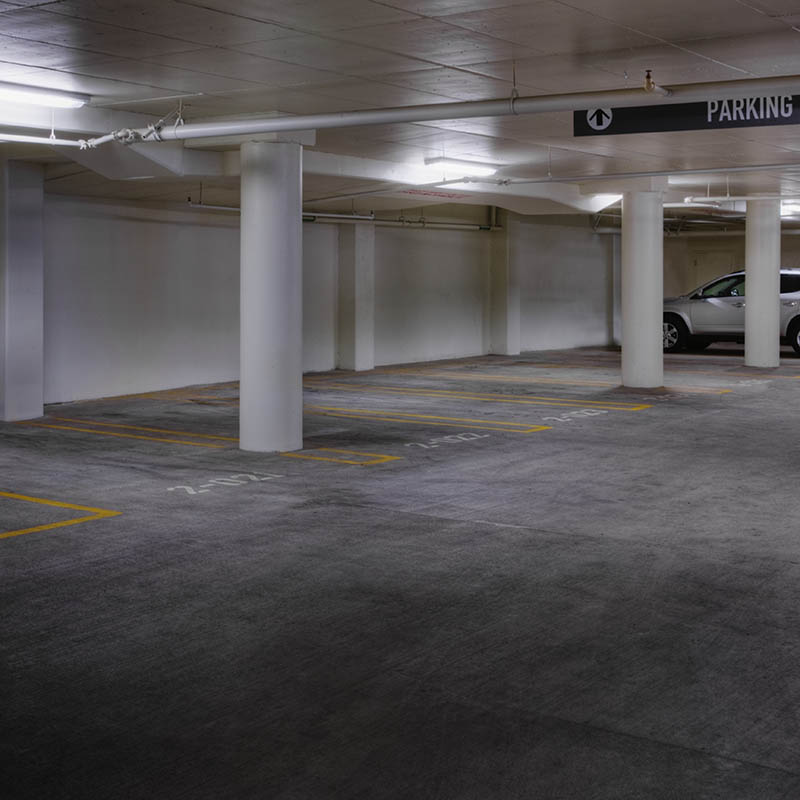
By: Saachi H.
Year: 2023
School: Fairmont Private Schools, North Tustin Campus
Grade: 8
Science Teacher: Joshua Riturban
In today’s world, the issue of air pollution is a growing concern. One of the most insidious contributors to this problem is carbon monoxide (CO), a highly toxic gas emitted predominantly by vehicles powered by fossil fuels. Among the various settings where CO emissions can pose a significant threat to public health, enclosed public parking facilities, such as parking garages, have emerged as potential hotbeds for this dangerous gas. As the need to protect the general public from CO poisoning becomes increasingly urgent, Saachi embarked on an investigation to evaluate the effectiveness of existing countermeasures aimed at mitigating CO exposure in these settings.
The Alarming Reality of Carbon Monoxide
Carbon monoxide is a colorless, odorless gas that can lead to serious health issues when inhaled in significant quantities. It is a byproduct of the combustion process in vehicles, making areas like parking garages particularly susceptible to elevated CO levels. Recognizing the need to address this problem, parking facilities have implemented various countermeasures, including CO detectors, ventilation systems, warning signs, and open walls and windows. These measures are designed to minimize CO emissions and ensure the safety of those who use these spaces.
The Experiment: Testing the Effectiveness of Countermeasures
Saachi’s OCSEF project sought to investigate the true effectiveness of these countermeasures in preventing CO poisoning. Initially, Saachi hypothesized that while these preventative appliances might not entirely eliminate CO emissions, they would at least maintain levels below the legal threshold for safety. To test this hypothesis, Saachi conducted experiments in different parking garages at their peak usage times, measuring the levels of CO present.
Surprising Findings: Inadequacy of Countermeasures
The results of the experiments revealed a stark reality: the countermeasures in place were not as effective as we had hoped. In fact, Saachi’s hypothesis was proven incorrect, as it was discovered that there were both unsafe and illegal levels of CO in several locations.
One crucial revelation from this study was the correlation between temperature and CO emissions. Saachi found clear evidence that higher temperatures lead to more stable and prolonged CO emissions. Even garages with similar ratios of countermeasure products and ventilation capacities showed significant disparities in CO levels, directly attributed to temperature variations. This discovery underscores the fact that carbon monoxide thrives in heat, and these elevated temperatures enable it to accumulate and pose a significant threat to public health.
Underground Parking Garages: A High-Risk Zone
Among the parking facilities we tested, underground stories emerged as the most affected and dangerous areas due to this issue. One specific example was an underground parking garage at John Wayne Airport, which lacks windows and is heavily reliant on fans, air conditioning, and ventilation. Despite these measures, Saachi’s project demonstrated that they were insufficient in effectively mitigating CO emissions, leaving underground parking garages especially vulnerable.
